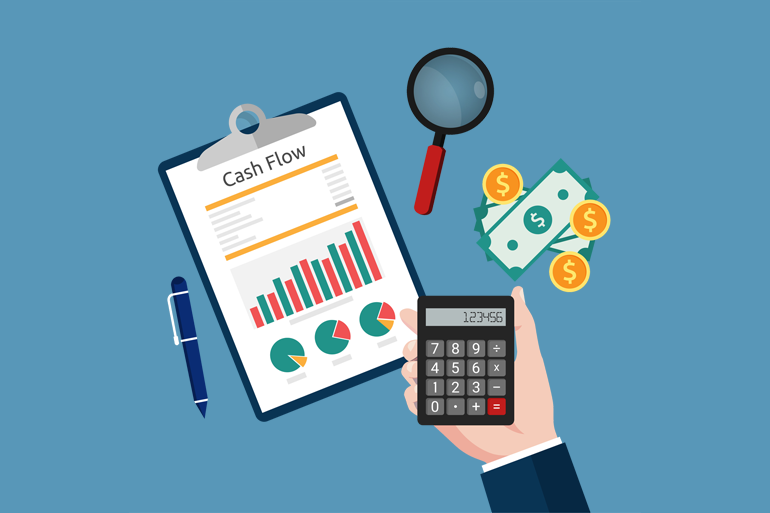Cash flow statements are one of the four financial statements prepared by the management at the end of the financial year in accordance with the accounting standards. It is concerned with the inflow and outflow of cash in a given time period from operating activities, investing activities and financing activities (not necessarily in the mentioned order). That means it is based on a cash basis of accounting as opposed to accrual basis used in the balance sheet and profit and loss statement. It shows a picture of the ability of the company to pay expenses including payroll and interests. A strong statement is required by investors if they are to make a decision when it comes to investing in business. In addition, for the business to invest for expansion, it has to study the statement.
Of course, the management needs to know the result of operating the business and whether the current projects are feasible or not. In addition, being in profit may not lead to sustainability of the business if its incomings are not able to cover immediate expenses or meet immediate current liabilities. It is of no use if the business has not enough cash to pay its employees but its accrued income – and thereby its profit is high.
As per Generally Accepted Principles of Accounting (GAAP), cash flow statements can be prepared in two ways: direct and indirect. The latter mode is deemed appropriate because it shows the relation between net income and cash from operations. Moreover, it starts with accrual method’s net profit (or loss) and proceeds further. The former mode, on the other hand, presents a summary the cash flows from various activities only.
Despite the name, non-cash items including leasing to purchase an asset, conversion of debt to equity, exchange of non-cash asset, liabilities for similar non-cash assets, or liabilities, and issuance of share in exchange for assets should also be recorded. This can be done as a note or within the statement itself, as the management deems suitable. Also disclosed in the notes are any significant noncash transactions like depreciation, amortization or impairment loss.
Accounting applications help in making accurate information to be presented in cash flow statements. Direct method or indirect method, applications are capable of preparing precisely – after all, it comes from the journal entry that is made in the initial stages of accounting, and the app makes sure of it – what the management wants. The management can see the flow of cash at any period of time in the fiscal year. In addition, because its data is linked with the “cash” part in the balance sheet, having accurate figure helps a lot. Moreover, there is also the feature of security, an authenticity that comes with the apps.

